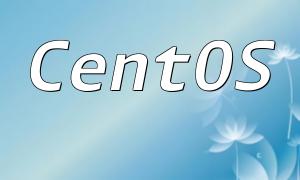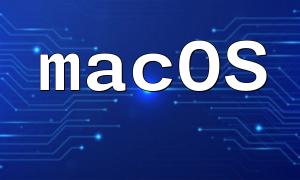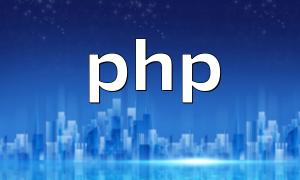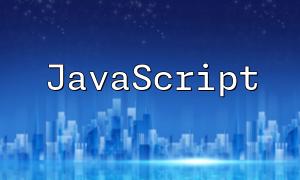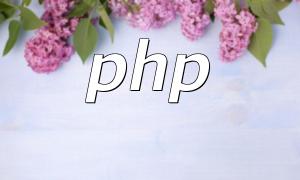Understanding the advantages of PHP is essential before migration. As a mature server-side scripting language, PHP is widely used in web development. Its ease of use, strong database support, and high flexibility make it an ideal choice for many projects.
PHP excels in performance and community support. With a wealth of libraries and frameworks like Laravel and Symfony, developers can quickly build stable applications. Moreover, comprehensive documentation and an active community provide ample technical support and resources.
The migration process requires clear planning to ensure a smooth transition of functionalities. Below are several important stages:
Before starting the migration, conduct a thorough review of the existing JavaScript code. Identifying reusable modules and those that need rewriting helps ensure accurate implementation on the PHP side.
Make sure the server has a properly installed and configured PHP environment, along with a web server (such as Apache or Nginx) and a database (such as MySQL) to lay the foundation for migration.
Gradually convert JavaScript logic to PHP code while maintaining consistent functionality. The example below demonstrates a simple calculation function implemented in PHP:
<span class="fun">function add($a, $b) { return $a + $b;} $result = add(5, 10); echo $result; // Outputs 15</span>JavaScript is often used for asynchronous operations, and although PHP does not natively support async, AJAX can be used to enable communication between frontend and backend. By using AJAX, frontend JavaScript requests can work together with PHP backend logic to ensure smooth user experience.
After migration, SEO optimization is a crucial step to guarantee project success. The following strategies can effectively enhance site rankings:
Integrate keywords like “JavaScript to PHP migration” naturally within page content, making sure they appear in titles, descriptions, and URLs to help search engines better identify page topics.
Use concise and clear URL structures to improve user experience and assist search engines in crawling and understanding content.
Deliver in-depth, valuable information that meets user needs, increasing page dwell time and engagement, which promotes better SEO results.
Migrating JavaScript to PHP can be challenging, but following the correct steps and methods ensures a smooth transition. Coupled with proper SEO strategies, your project will not only launch successfully but also gain better visibility in search engines. Choosing the right technical approach and optimization measures lays a solid foundation for long-term project growth.
